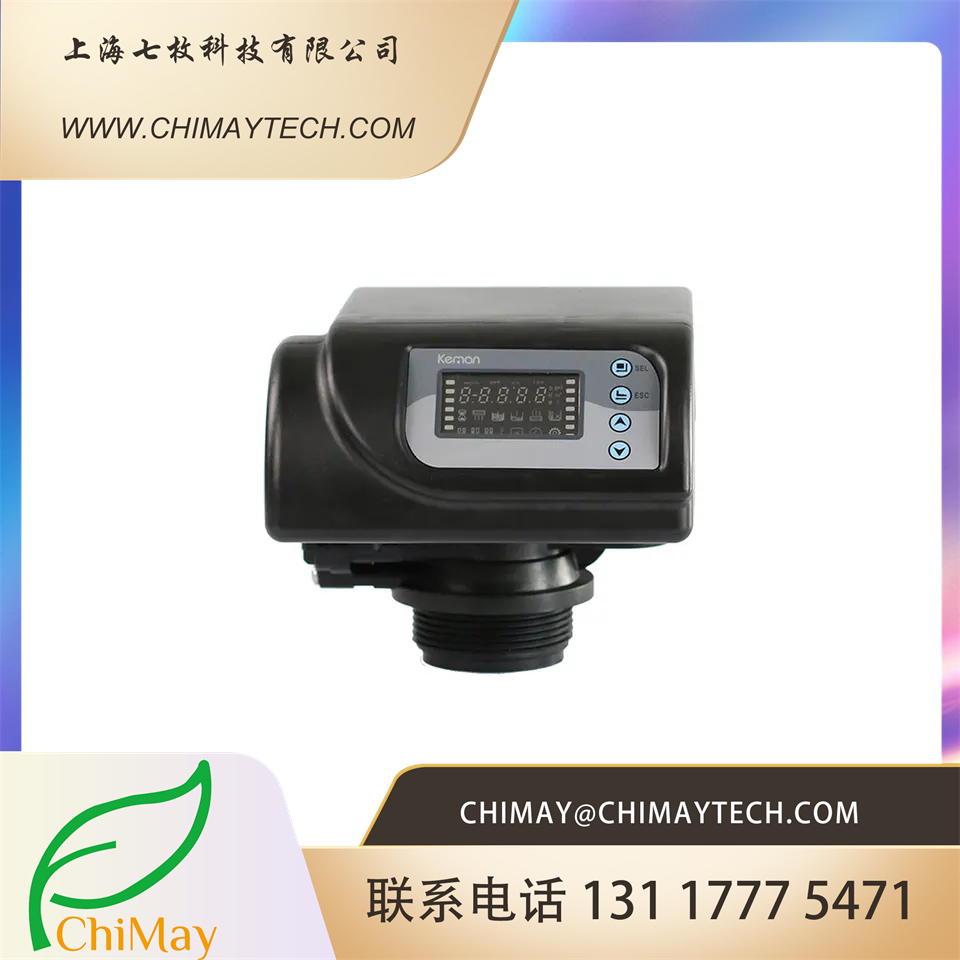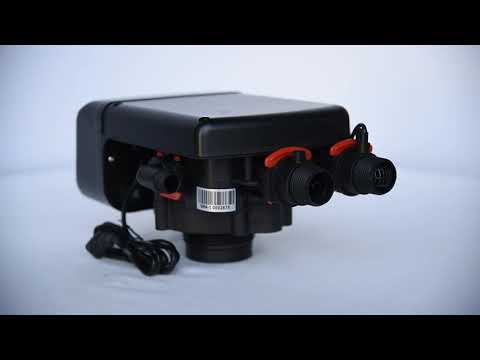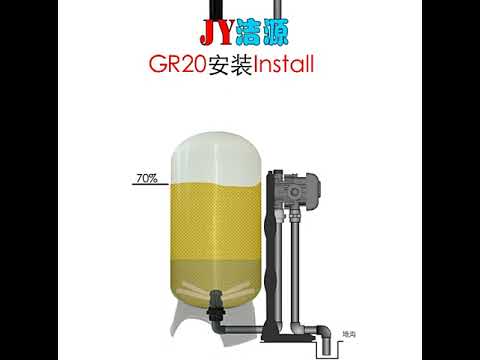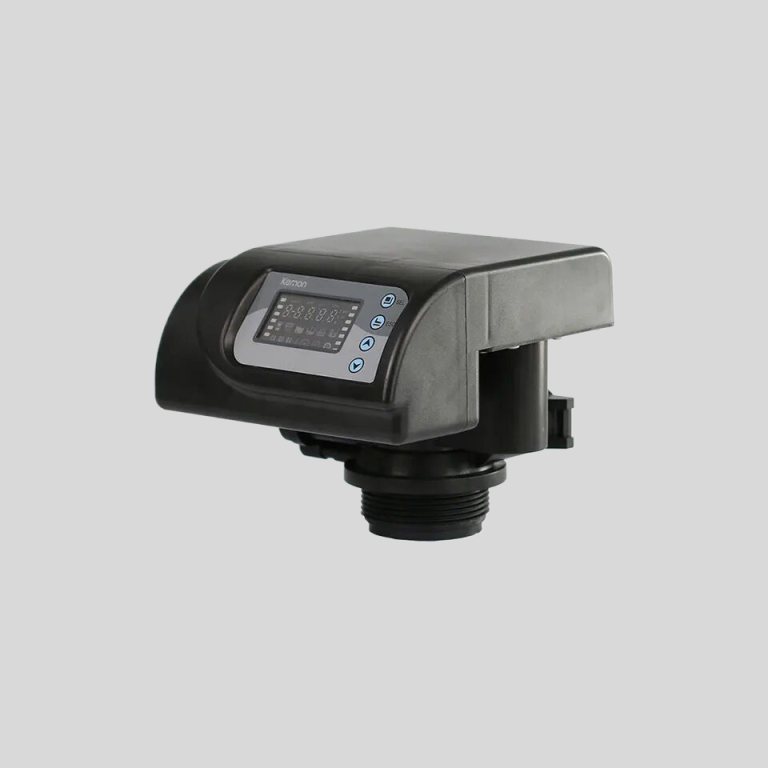Table of Contents
Understanding the Role of Check Valves in Water Softeners
Water softeners are essential household appliances that play a crucial role in ensuring the quality of water used in homes. They work by removing minerals such as calcium and magnesium, which are responsible for the hardness of water. One of the critical components of a water softener system is the check valve. This article aims to shed light on the role of check valves in water softeners, their importance, and how they function.
A check valve, also known as a one-way valve, is a type of valve that allows fluid to flow in one direction but closes automatically to prevent flow in the opposite direction. This mechanism is vital in a water softener system as it ensures that the water flows through the system in the correct direction, preventing any backflow. The check valve’s primary function is to protect the system and the household’s water supply from potential contamination.

The check valve is strategically located in the water softener system. It is typically found in the brine line, which is the line that carries the salty water used in the regeneration process to the resin tank. The check valve ensures that the brine solution flows into the resin tank to regenerate the resin beads, which are responsible for softening the water. Once the regeneration process is complete, the check valve prevents the brine solution from flowing back into the brine tank, thus preventing contamination.
The importance of the check valve in a water softener system cannot be overstated. Without it, the system would not function correctly, and the quality of the softened water could be compromised. A malfunctioning or absent check valve could lead to a backflow of hard water or brine into the system, negating the water softening process’s purpose. This could result in hard water flowing into the household’s water supply, leading to issues such as scale buildup in pipes and appliances, reduced effectiveness of soaps and detergents, and potential skin and hair problems for the household members.
The operation of a check valve is automatic and does not require any manual intervention. It works based on the pressure differential in the system. When the pressure on the upstream side (the side from which the water enters) is greater than the pressure on the downstream side (the side to which the water exits), the valve opens, allowing the water to flow through. Conversely, when the pressure on the downstream side is greater, the valve closes, preventing backflow.

In conclusion, the check valve is a critical component of a water softener system. It plays a crucial role in ensuring the proper functioning of the system and maintaining the quality of the softened water. It is a simple yet effective device that operates automatically based on the pressure differential in the system. Therefore, it is essential to ensure that the check valve in your water softener system is in good working condition. Regular maintenance and timely replacement of the check valve can go a long way in ensuring the longevity and efficiency of your water softener system.
Maintenance Tips for Your Water Softener Check Valve
The water softener check valve is a crucial component of your water softening system. It plays a pivotal role in ensuring the smooth operation of the system by preventing the backward flow of water. This small but essential device can significantly impact the efficiency and longevity of your water softener. Therefore, regular maintenance of the check valve is imperative.
To begin with, it is important to understand the function of the check valve. It is designed to allow water to flow in one direction only, from the water supply into the water softener. This prevents the softened water from flowing back into the supply line, which could contaminate the water supply. The check valve is typically located at the inlet of the water softener and is usually made of durable materials like brass or stainless steel.
One of the first steps in maintaining your water softener check valve is regular inspection. This involves checking for any signs of wear and tear, such as cracks or corrosion. If you notice any such signs, it is advisable to replace the valve immediately to prevent any potential damage to the water softener system.
Another important aspect of maintenance is cleaning the check valve. Over time, mineral deposits can build up inside the valve, causing it to become clogged and less efficient. To clean the valve, you can use a solution of vinegar and water. Simply remove the valve, soak it in the solution for a few hours, then rinse it thoroughly before reinstalling it.
In addition to regular inspection and cleaning, it is also important to test the functionality of the check valve periodically. This can be done by turning off the water supply and observing the direction of the water flow. If the water flows back into the supply line, it indicates that the check valve is not functioning properly and needs to be replaced.
While these maintenance tips can help prolong the life of your water softener check valve, it is important to remember that even with the best care, the valve will eventually need to be replaced. The lifespan of a check valve can vary depending on the quality of the water and the frequency of use, but on average, it should last between five to ten years.
| Category | Type | Feature | Model | Inlet/Outlet | Drain | Base | Riser Pipe | Brine Line Connector | Water Capacity m3/h |
| Advanced Function automatic softener valve | Upflow Type | dry brine tank | ASE2 | 1/2″, 3/4″, 1″ | 1/2″ | 2.5″ | 1.05″ OD | 3/8″ | 2 |
| ASE4 | 3/4″, 1″ | 1/2″ | 2.5″ | 1.05″ OD | 3/8″ | 4 |
When replacing the check valve, it is advisable to choose a high-quality valve made from durable materials. While these may be more expensive, they are likely to last longer and perform better, making them a more cost-effective choice in the long run.
| Model | Central tube | Drain | Brine tank connector | Base | Maximum power | Operating temperature |
| 2900 | 1.9″(1.5″)O.D. | 3/4″NPTM | 3/8″&1/2″ | 4″-8UN | 143W | 1℃-43℃ |
In conclusion, regular maintenance of your water softener check valve is essential for the efficient operation of your water softening system. By regularly inspecting, cleaning, and testing the valve, you can ensure that it continues to function properly and prevent any potential damage to the system. Remember, a well-maintained check valve not only prolongs the life of your water softener but also ensures a steady supply of soft, clean water for your household.




